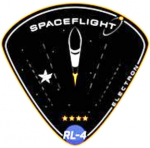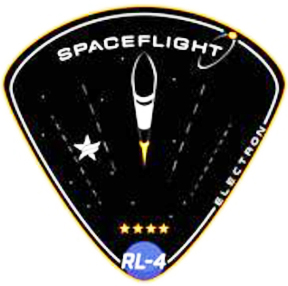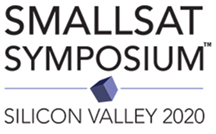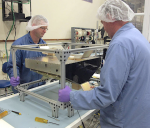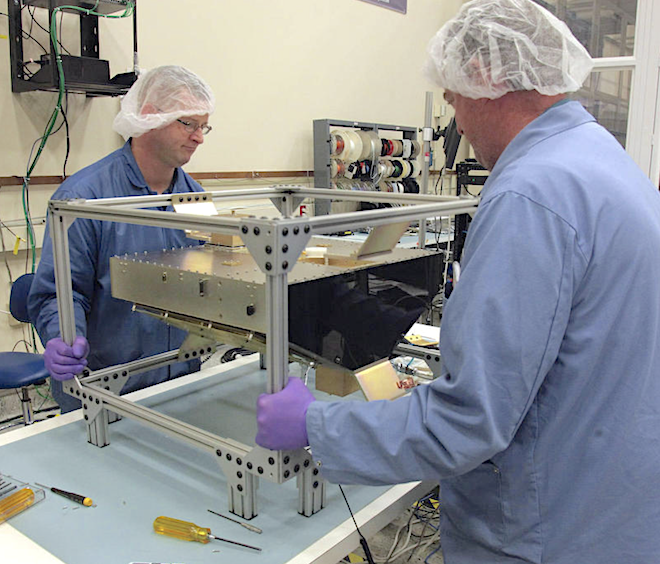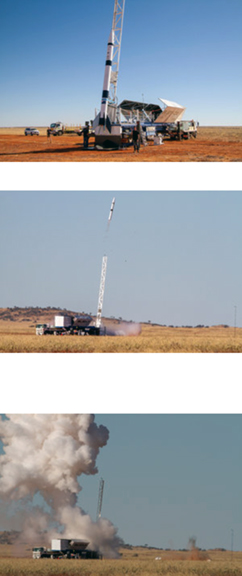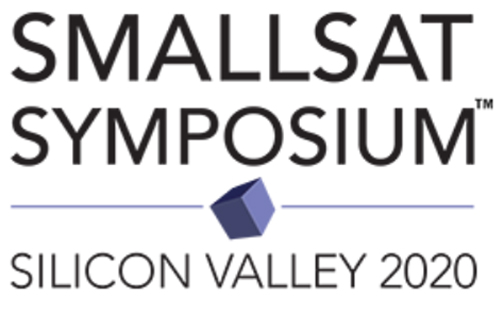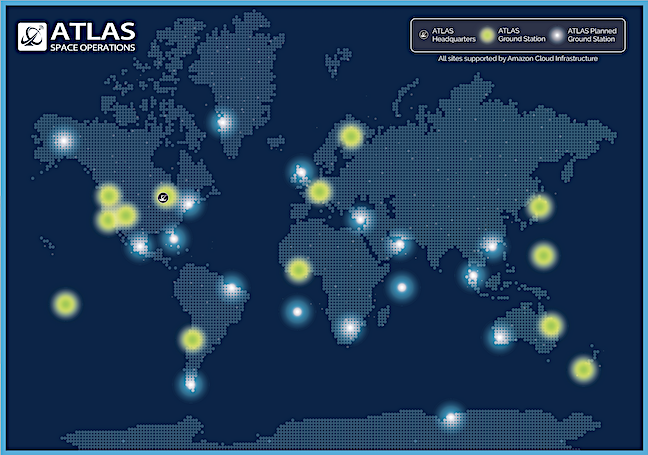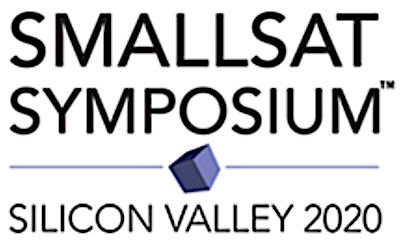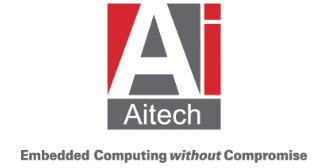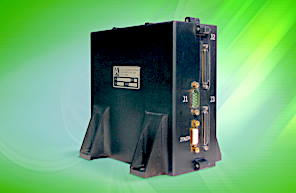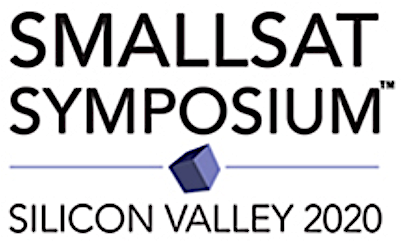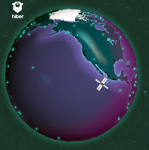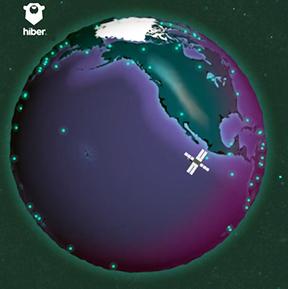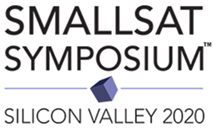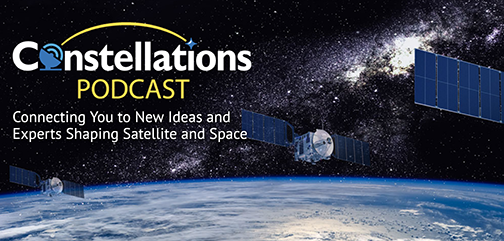
Kratos Defense & Security Solutions, Inc. (Nasdaq: KTOS) will conduct a series of podcasts in booth #35, 36 at the Small Satellite Conference 2019.
Kratos initiated its “Constellations” podcasts in the Fall of 2017 to bring together key influencers and thought leaders in the satellite and space industries. This year’s Small Sat Conference podcast will feature discussions on small satellite launch, manufacturing and propulsion technologies, among others.
Previous Small Sat Conference Podcasts have featured Katherine Monson, Director of Business Development USA at Kongsberg Satellite Services; Stanley Kennedy, Jr, President and Co-Founder, Oakman Aerospace, Payam Banazadeh, Founder and CEO, Capella Space among others.
The current Constellations podcast schedule for the Small Sat Conference 2019 is:
- Leveraging Smallsat Capabilities to Fuse Data with High Resolution Imagery, Nick Merski, VP, Space Operations, SpaceFlight Tuesday, August 6th; 12:00 p.m.
- Launch and Propulsion Technologies: New Developments in the Smallsat Industry, Leena Pivovarova, Analyst, Northern Sky Research Tuesday, August 6th; 2:00 p.m.
- Ground Segment as a Service in the New Space Environment, Mark Thompson, CEO and Chief Engineer, Capricorn Space Tuesday, August 6th; 3:00 p.m.
- Precision Pointing Capability in a Miniaturized Package is Now Available for Small Spacecrafts, Dan Hegel, Director, Advanced Development, Blue Canyon Technologies, Inc., Wednesday, August 7th; 10:30 a.m.
- What is The Space Information Sharing & Analysis Center and How Will It Help You?, Erin Miller, Director, Business Development, National Cybersecurity Center, Wednesday, August 7th; 1:00 p.m.
- Innovation: Use of Smallsat Technology to Solve Technical Challenges Faced by the Military, Science Community, and Industry, Jim Marshall, Director, Business Development, Space Dynamics Laboratory, TBD
Stop by Kratos booth #35, 36 to hear some exciting, live podcast interviews on topics including smallsat manufacturing processes, new propulsion technology, trends in smallsat launch options and much more.
For all involved in the satellite and space industry and the various market segments that add value to these dynamic environments, the 2020 SmallSat Symposium in Silicon Valley, California, is truly worth your consideration for attendance.
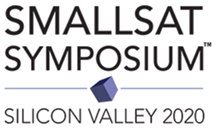
The 2020 SmallSat Symposium starts on February 3, 2020, with workshops, then the Conference runs February 4 to 6 at the Computer History Museum in Mountain View, California, in the heart of Silicon Valley.
The SmallSat Symposium is hosted by Satnews Publishers which, since 1983, has been a provider of a satellite news, media and events. This information packed forum was created to enable you and your company to secure a larger portion of market share as well as to take part in the next stages of your company’s or organization’s growth.
The personal connections at the SmallSat Symposium enable attendees to network with established organizations, subject-matter experts as well as ‘New Space’ entrants.
The SmallSat Symposium will focus on new technologies and the business environment that is shaping the implementation of smallsat constellations, smallsat launchers, the challenges facing the smallsat developer and actors as well as the enormous benefits of these advanced technologies that will benefit our world.
This event assembles more than 100 diverse speakers, all of whom possess deep industry experience. Additionally, numerous opportunities exist to mingle and network with peers while enjoying exceptional, complimentary meals and refreshment breakfast.






